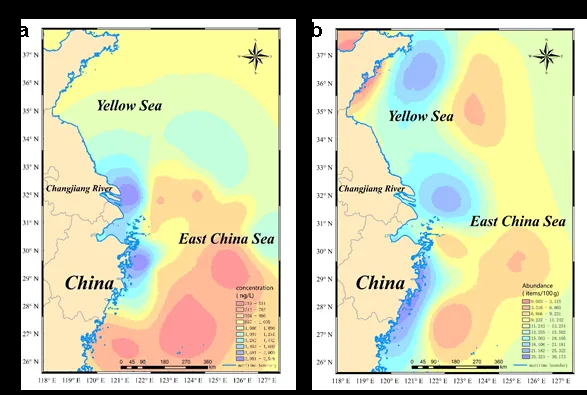Lujian Lin, Bo Yuan, Huiling Liu, Yue Ke, Weifeng Zhang a, Hanyi Li, Haoliang Lu, Jingchun Liu, Hualong Hong*, Chongling Yan*
Journal of Hazardous Materials
https://doi.org/10.1016/j.jhazmat.2024.134920
Published: 15 August 2024
Abstract
Dibutyl phthalate (DBP) as a plasticizer has been widely used in the processing of plastic products. Nevertheless, these DBP additives have the potential to be released into the environment throughout the entire life cycle of plastic products. Herein, the leaching behavior of DBP from PVC microplastics (MPs) in freshwater and seawater and its potential risks were investigated. The results show that the plasticizer content, UV irradiation, and hydrochemical conditions have a great influence on the leaching of DBP from the MPs. The release of DBP into the environment increases proportionally with higher concentrations of additive DBP in MPs, particularly when it exceeds 15 %. The surface of MPs undergoes accelerated oxidation and increased hydrophilicity under UV radiation, thereby facilitating the leaching of DBP. Through 30 continuous leaching experiments, the leaching of DBP from MPs in freshwater and seawater can reach up to 12.28 and 5.42 mg g-1, respectively, indicating that MPs are a continuous source of DBP pollution in the aquatic environment. Moreover, phthalate pollution index (PPI) indicates that MPs can significantly increase DBP pollution in marine environment through land and sea transport processes. Therefore, we advocate that the management of MPs waste containing DBP be prioritized in coastal sustainable development.
